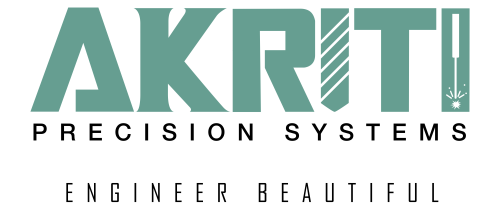How can we help?
< All Topics
Print
Cutting Tool Anatomy
UpdatedMay 27, 2022
End Mill Definitions
- Cutting Diameter – The size measured as a straight line across the center of a theoretical circle formed by the cutting edges as the end mill rotates.
- Cutting Edge (Tooth) – The sharp edge of the end mill tooth
- Flute – The deep spiral grooves behind each cutting edge that allow for chip formation and evacuation
- Length of Cut (LOC) – The total measurement of the functional (sharp) cutting depth, this excludes any Flute Washout
- Flute Length – Length of flutes, usually the same as Length of Cut, but can be different
- Flute Washout – The amount of non-cutting flute area past the cutting edges
- Overall Length (OAL) – The total measurement from one end of the end mill to the other, from the top (cutting end) to the bottom of the shank
- Shank – The end of the end mill that is held in the holder
- Shank Diameter – The size measured as a straight line across the center of the shank circle
- Shank Flat – A flat area ground on the shank used to by a set screw to prevent pull out in certain types of holders. This could be referred to a Weldon Flat, Long Flat, or Tapered Flat
- Helix Angle – The cutting edge angle measured from the centerline of the end mill to a straight line tangent along the cutting edge. See images
- End Teeth – The teeth or cutting edges at the very top of the end mill, also known as axial teeth.
- Side (Peripheral) Teeth – The teeth or the cutting edges on the side of the end mill, also known as radial teeth.
- End Gash – the pockets on the end of the end mill that create the axial (end) teeth
Sutggested Reading – https://advancedtool.com/end-mill-anatomy-101/
Table of Contents



